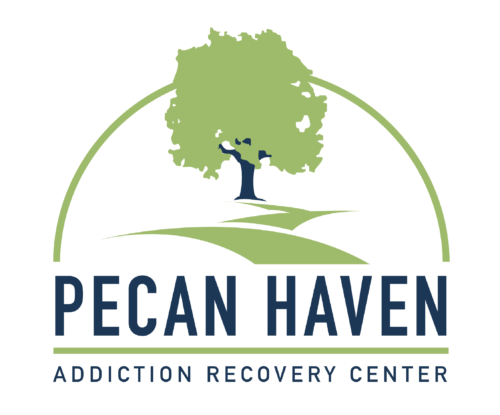Secondhand smoke poses a serious health risk, with its harmful effects affecting more people beyond the primary smoker.
While the issue of secondhand smoke is sometimes disregarded by smokers, there are associated health risks with continuous exposure to secondhand smoke that should be understood in order to best protect loved ones.
Understanding secondhand smoke and the associated health risks
The home is a significant source of secondhand smoke exposure, especially for nonsmokers living with smokers who choose to smoke indoors. Public spaces like bars and casinos can also pose risks, since individuals are likely to encounter smoke in these environments.
Secondhand smoke contains harmful chemicals that irritate the respiratory system, leading to conditions like asthma and bronchitis.
Exposure to secondhand smoke is also linked to an increased risk of cardiovascular diseases, like heart attacks and strokes. This is especially true for nonsmokers who have preexisting conditions.
Tips for avoiding secondhand smoke
While secondhand smoke is difficult to avoid if you encounter it in your home or at work, you might have some success in designating smoke-free areas within the home. This helps to reduce exposure for nonsmoking family members.
There is some benefit to nonsmokers if the smokers only smoke within certain areas of the home that nonsmokers do not access– however, this method isn’t foolproof, since air circulation (from HVAC systems or open windows) can spread smoke particles throughout the house anyway. Walls and doors also do not provide an airtight barrier against smoke.
Ideally, however, if someone in the household smokes, they should be encouraged to smoke outside. Staying away from doors and windows also helps to minimize indoor exposure.
If you have to share an indoor space with a smoker, you may find it helpful to use a fitted N95 mask to filter the air. This does not help to address the issue of air quality within the space, but it can prevent you from being exposed to secondhand smoke for the time you are in that space.
When in public spaces, choosing smoke-free areas will help to reduce your risk of exposure. If someone is smoking near you in an outdoor setting, politely ask them to move to a designated smoking area.
Creating smoke-free environments for overall health
Smoke-free environments are important for protecting vulnerable populations, like children, pregnant individuals, and those with preexisting health conditions.
Smoke-free spaces in communities promote general well-being and contribute to an overall prevention of smoke-related health issues. For example, reducing exposure to secondhand smoke leads to lower rates of respiratory and cardiovascular diseases within a community.
Collective efforts for a healthier community
Avoiding secondhand smoke is a critical aspect of maintaining good health. By implementing some practical tips at home and in public, while advocating for smoke-free environments in the places you frequent, you can enjoy benefits to your health and that of your community.
There is a definitive link between people who struggle with substance abuse disorder and people who smoke; people who struggle with addiction are more likely to smoke or consume tobacco products.
If you or someone you know struggles with addiction, the first, biggest step is acknowledging that there is a problem and seeking help. To get started on seeking professional treatment, fill out our online assessment. We are here to help your life get back on track.
